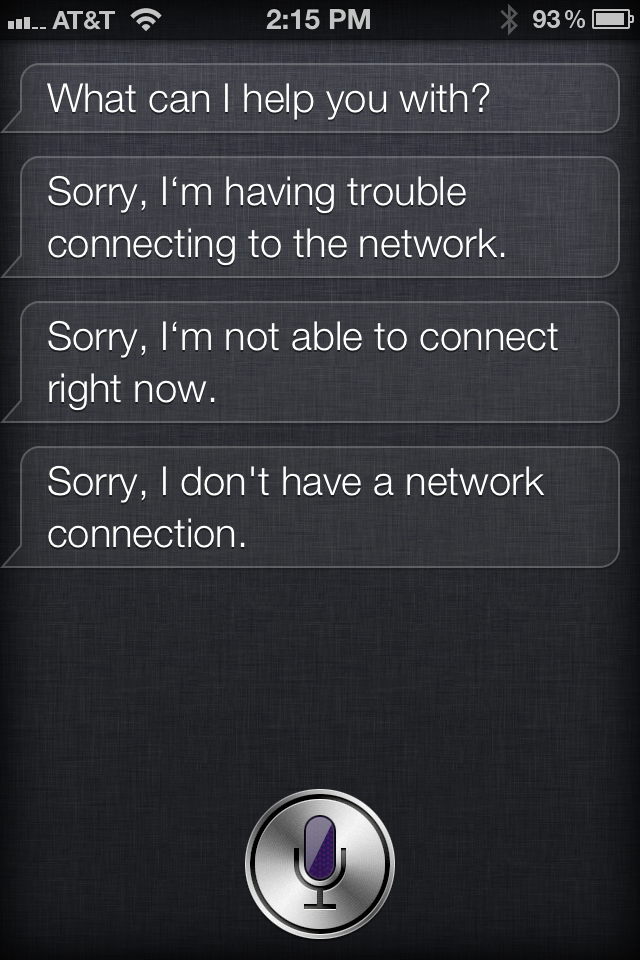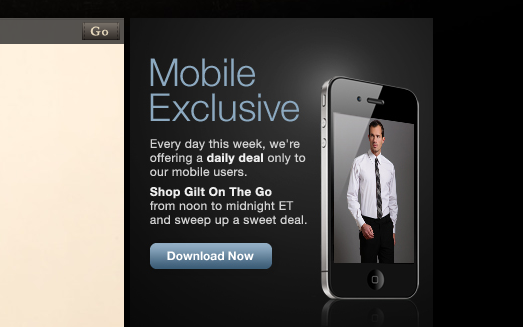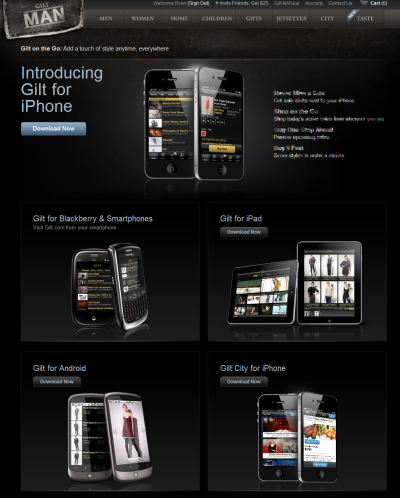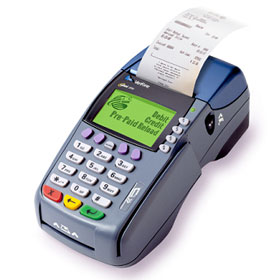Note: this post originally appeared on TechCrunch: Startups, Seed Funding, And Avoiding Empty Pockets (October 13, 2011). I have reposted it here.

Thanks in part to the Wall Street Journal’s “Web Startups Face Cash Crunch“, much has been made about the state of early stage investments and investing. While there is debate as to whether the article is accurate and/or overstated, let’s look at how we arrived here:
1. Pace of innovation. It is unlike anything we’ve seen before. This is happening because today is a better time to launch a company than ever before: technology, speed, cost, and capital all support the trend. The continued maturation of the internet, the cloud and the emergence of mobile platforms have changed everything involved in building product, targeting users and engaging customers. It has changed the fundamental operating and time constructs behind building compelling businesses.
As a result “entrepreneurship is in vogue”, using Fred Wilson’s words.
2. Capital. Over the past few years, it has flowed quickly into early stage technology – and it’s come from all directions:
Like entrepreneurship, angel investing is in vogue. Mark Suster summed it up: “Everyone Now is a F**king Angel. Look at Twitter Bios. Everybody is ‘my day job’ + ‘angel investor.’”
‘Super angel’ funds have also become more common. These funds can range from $10-50m and they represent a willingness and appetite to make larger investments: $100,000 – $500,000 or more. The fund size allows for larger investments… and the fund economics dictate it.
Meanwhile, large venture funds are more actively participating in seed deals. These deals vary in size and type: many participate on a convertible note and others are larger investments that lead and price the round. Some firms have dedicated seed investors and/or capital pools.
3. Cascades. As more money flows into the seed stage, it affects the investments.
Most obviously: more financings get done.
Less obviously: the financings look different.
There are more early stage investors and those investors want to put more money to work…and invariably the deal economics shift. Entrepreneurs have a desired dilution amount and investors have a desired ownership amount —those move in relative concert. For instance, those rates are the same for a $500,000 round on a $2.5m pre-money valuation as they are for a $1m raise on a $5m pre.
Furthermore, it affects the deal structure. The majority of today’s seed deals are done on convertible notes—in part because it is often a more efficient way to raise a round and in part because the investor makeup looks different: a slew of great investors perhaps, but no true lead(s). These ‘headless seed’ rounds—without a lead investor to help support and shepherd the raise process alongside the founding team—can make downstream Series A fundraising challenging for those other than the rocket ship startups.
4. Cash Crunch. The “cash crunch” for a company comes when it is time to raise the subsequent round.
There has been a surge of seed-funded companies, many financed at strong valuations and by a wide network of investors; consequently, the burden is on the company to differentiate itself, show meaningful progress and grow into a subsequent funding in-part influenced by the initial round (capital and valuation).
Great companies won’t struggle here, but the reality is that there is a limited number of firms who can write these size checks and a limited number of companies that can support those valuations. Hence the “crunch”.
So what does this mean? Some simple advice I’d offer early stage founders:
Stay lean before and after funding. Sounds obvious but early capital infusions should be raised and spent according to plan.
Raise enough capital for 12-18 months. I meet too many seed companies who optimize against dilution and in turn plan to go to market in 6-9 months. This is frightening because it requires you to demonstrably grow within a very tight timeframe. And you will have to go to market well before the capital dries up.
Optimize for near term success and long term company value—not for seed valuation. Sure, it sounds self-serving coming from an investor… But it’s true. Craft your seed round such that it puts you in the best position to grow, deliver on your vision, and raise a strong Series A.
One of those factors is people. Be thoughtful about your investors. Think about the value each investor brings and what the larger investor makeup looks like. Can the group help you achieve those non-financial milestones? And if needed, can the group guide and help you if you feel “crunched”.
Two questions I always ask seed companies:
“What will success look like at the end of the seed phase?”
“When do you know it’s time to raise your A round?”
If you have a great handle on those questions, the rest will fall into place.












